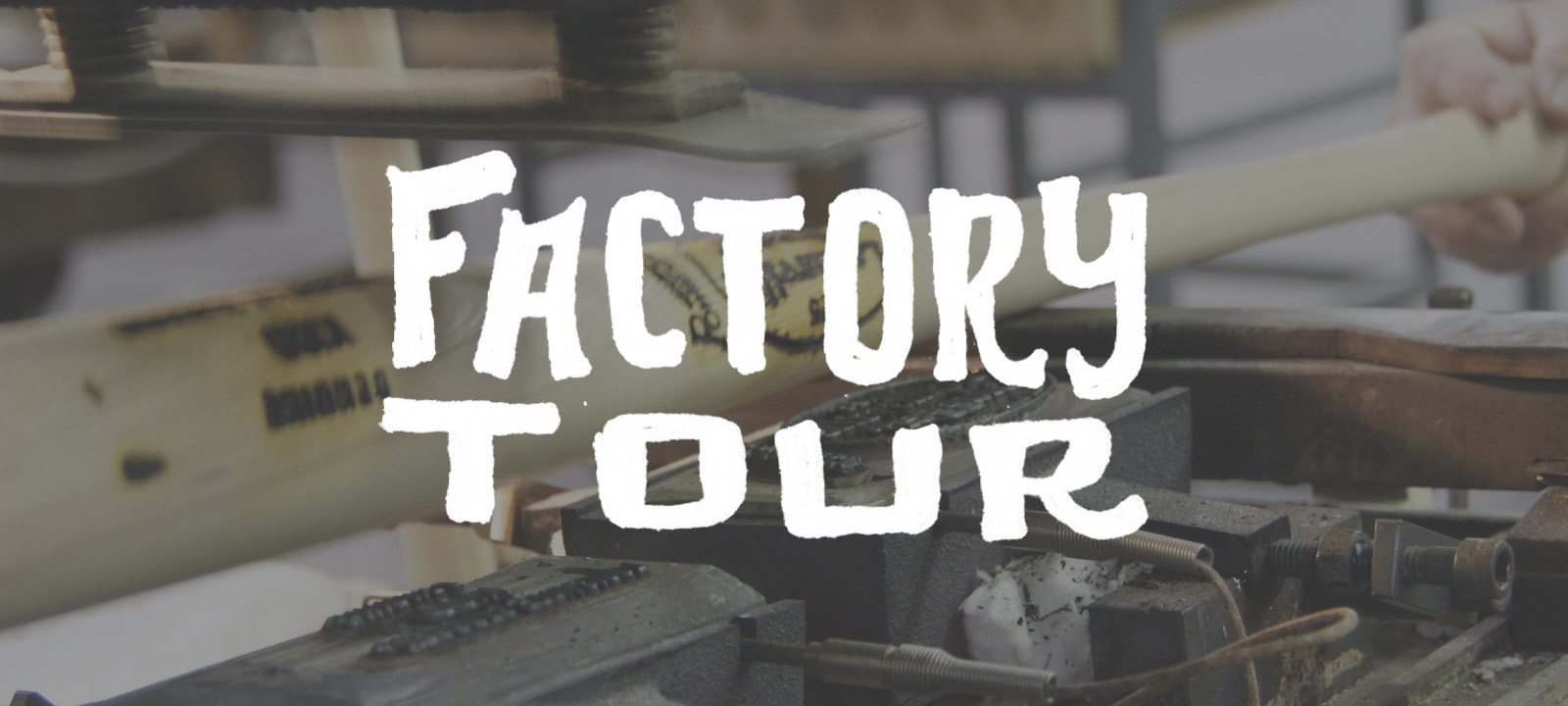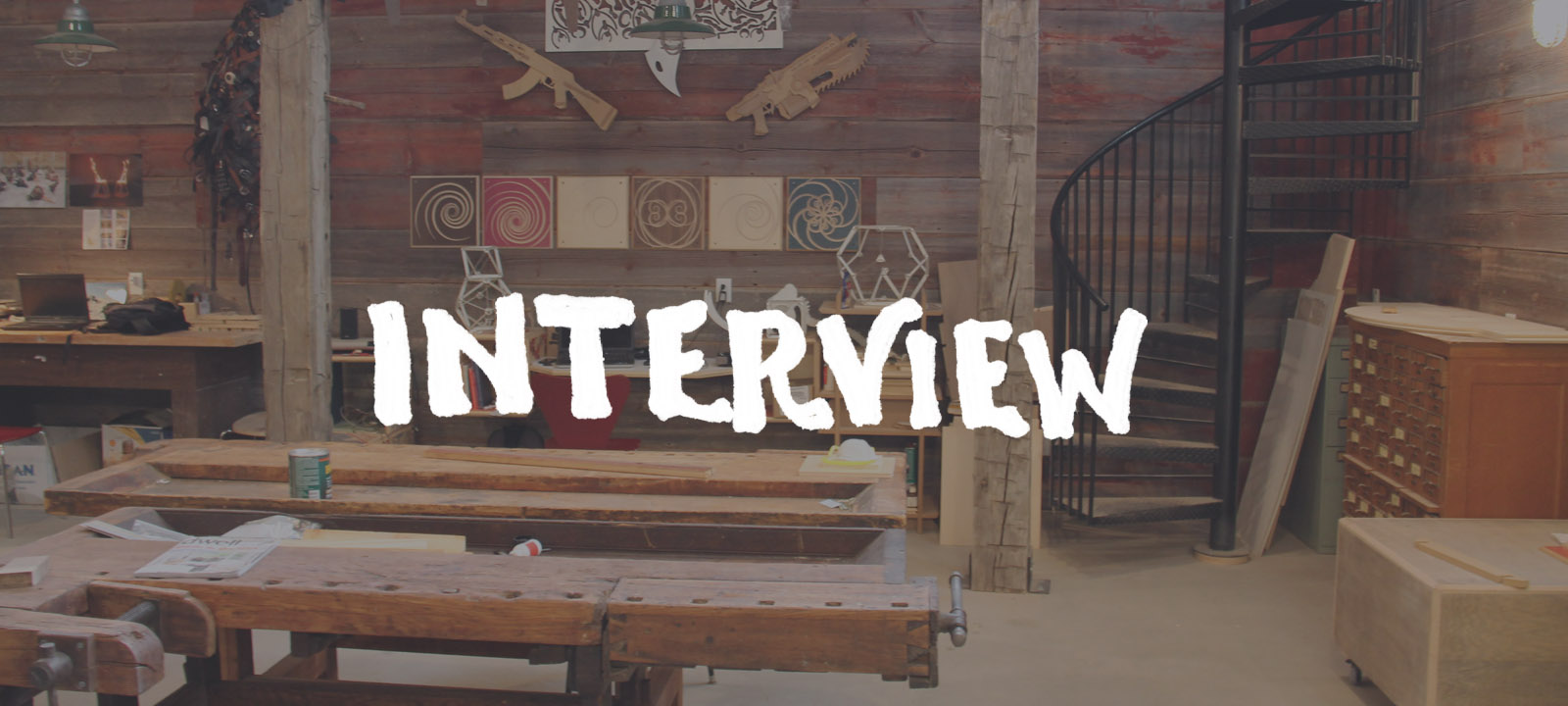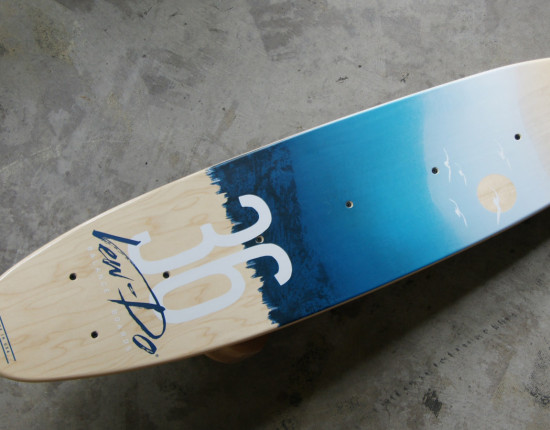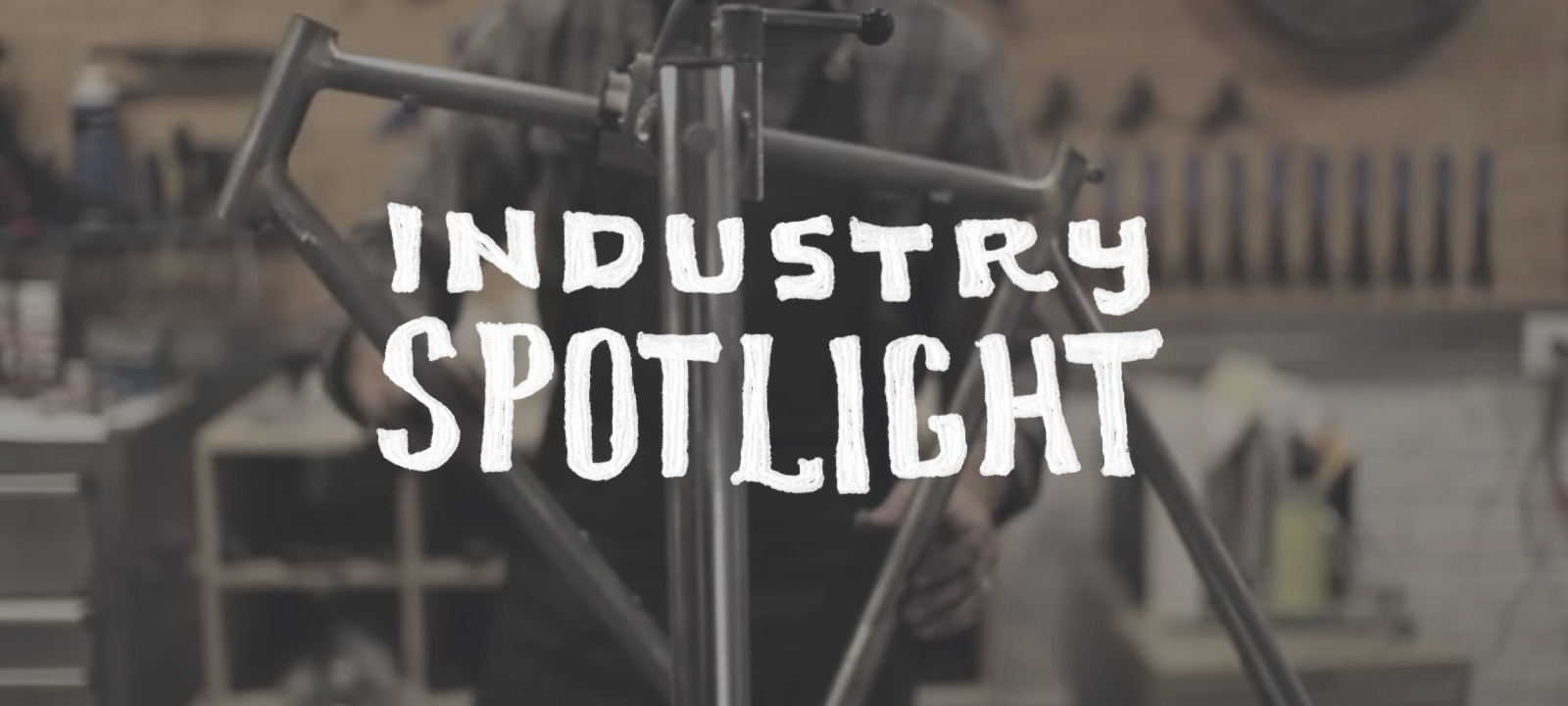Today’s interview is with Steve Malchow of Trek Bicycles. Trek Bicycles was founded in 1976 and is headquartered in Waterloo, Wisconsin, where they still manufacture their high-end carbon bicycles.
Can you give 50 BUILT readers some background on yourself and your experiences at Trek up to this point?
I joined Trek almost ten years ago. The prior twelve years were spent in smaller companies focusing on custom products for capital equipment for the food and pharmaceutical industries. The bicycle company intrigued me for two reasons: 1) I felt I needed some consumer products experience for personal growth. 2) I love outdoor recreation, and who wouldn’t want to fill their days with something they can be passionate about? I have the privilege of leading our Operations group which includes Engineering, Proto, Design, Manufacturing, Sourcing, Testing, Quality and Warranty. There are no silos, and we can make decisions very quickly without getting buried in politics. I get to work with extremely talented and passionate people all day and then ride our product home at night. Working in the bicycle industry has been nothing short of incredible, and even though I have never worked harder in any industry, this just doesn’t feel like work.
A bike is a lot more intricate than most products, in that you rely heavily on 3rd party parts and components. Can you give our readers an idea of how Trek goes about sourcing all the parts for your bikes?
Sourcing components in today’s world and global markets is inevitable, but it cannot come at the cost of quality. Cost, Quality, Delivery and innovation all have to be considered when making supply decisions. For this reason, we maintain control of all of our engineering and design in house, and we also have Trek offices with Trek engineering, Quality and Sourcing staff located in all of our major sourcing markets. We do not rely on others to decide what Trek quality needs to be for our customers. This is driven by our own staff.
How is sourcing parts in the USA involved in that process? Is it a priority?
Our sourcing strategy is to build products where it makes the most sense. We partner with suppliers that we feel are best in class for the products we need. Keep in mind that over half of our products are sold outside the United States so we need to be very strategic on where our supply comes from.
How has the landscape of country of origin shifted during your tenure at Trek?
Our strategy has not changed. If we feel we can manufacture and build something better than anyone else in the world, we will find a way to keep it in Wisconsin. For this reason, you still see our highest level products made in Waterloo, Wisconsin including our Project One bikes. Nobody can do it better. One rule we have – Our customers deserve the best products in the world – Best in Class, Period! If someone can make it better than we can with their core competencies vs. ours, we will partner with them. If we feel we can make it better than anyone else, we will find a way to keep it in the USA.
The last ten years have been very fluid for the supply chain. If you look at the supply chain for bicycles, it was primarily the US and Europe, then Japan, then China and now you see some brands moving to Southeast Asia in countries like Vietnam and Cambodia. Growing trends such as lean manufacturing and JIT have forced the supply base to move along with it in order to remain competitive, be flexible, supply quickly and change on a moment’s notice when necessary. Setting up facilities in some or all of these markets was necessary to stay in the game.
Trek has full control of the production of the frames, and still manufactures some high-end carbon-fiber frames in Waterloo, correct?
Correct.
Is that a big source of pride for the company, and the athletes that ride your bikes?
For sure – most brands have moved everything off shore. I like making stuff and I honestly believe that people like the fact that we still make stuff. It is very evident at events like Trek World that people just light up when they do a factory tour and see how things are made. Making stuff also fuels innovation as your engineers are directly accountable and have to get their hands in the game when your factory is in the next room.
Not only were you the first American bike company to win the Tour de France, but on top of that the bikes were actually manufactured in Waterloo. What did that mean to the brand and the workers in the factory?
It changed the game entirely. Winning the TDF for the first time was a major if not the biggest milestone in Trek’s history. People at all levels of the company, whether you were in Sales, Marketing, Engineering or Manufacturing now understood what was at stake. You have some of the best athletes in the world who have dedicated their lives to winning counting on you to make them the best products in the world. Believe me, there are 1800 Trek employees and their families who understand this and live it every day.
What advantages do you think you have, competitively, having the domestic manufacturing at your disposal under the same roof where the bikes are designed & engineered?
Wow, this cannot be understated. I believe making products in house develops the best engineers and designers in the world. Having our own manufacturing facility drives our entire innovation engine and that technology can trickle across the globe over time. We can proto-type, iterate, perform physical testing, rider testing etc. faster and more often than any other bike company in the world. Our engineers work with the factory to optimize carbon lay up schedules, fine tune designs, develop best in class process etc, not to mention driving continuous improvement every day. This is what sets Trek apart from the pack.
Being the only major bicycle company with any production left in the USA, how much does that Made in the USA pride make it into the marketing or brand image?
Making products is part of our DNA. Regardless of whether a consumer buys a Trek Madone in the US, Europe, China, Japan or Korea, I think consumers love the Trek story. A small company started in 1976 in a barn in a little town in Wisconsin USA and they still build their best products there today. You just can’t come up with a better story. There is no way to criticize it. Manufacturing in the US is very difficult in today’s competitive market. People respect companies that find a way to do it successfully.
Everyone is aware of the outsourcing issues, but not everyone knows the factors that contribute to those decisions. Can you shed some light on why all frames and components cannot be sourced and manufactured domestically?
You have to look at the landscape and realities you are dealt. We are in a global economy, and as mentioned above, over half of the products we sell are outside the United States. If you played by the rules of twenty years ago, you would be out of business today. Think back to the major players in the bicycle industry in the 1970’s 80’s and even the 90’s. Those who refused to adapt to the changing world are no longer here and if they are, they are barely hanging on. We manufacture where it makes sense, and we know what our core competencies are and what they are not. Limiting yourself to one supply base will limit the potential of your products and short change your customer.
Does Trek actively look into bringing any products back to be manufactured domestically? What factors stand in the way?
I look at keeping a healthy balance in the US, our Trek owned plant in Germany and our supply base. All three have to thrive. I know how much I need to manufacture here to be competitive. Too little, and overhead will kill us. Too much, and reduced profit will kill us. At the end of the day, nobody wins if the company is not profitable including our customers and our 1800 Trek families.
If you could tell our readers one factor that is the greatest threat or advantage to keeping things made in America, and allowing companies like Trek to succeed, what would it be?
The greatest threat would be staying competitive. We are living in the midst of an industry where every one of our major competitors has followed low cost manufacturing across the globe. You simply cannot make everything in the USA and stay in business today. That said, you can maintain a balance as Trek has proven. We can manufacture a percentage of our products in the US and leverage the assets and knowledge we gain by doing so across the entire line. You learn much, much more from making something yourself than simply having someone else do it for you. There is no better university than your mfg plant. My message to your readers is to do your homework and buy the best product on the market. We are that confident in our products knowing that those who really dig in and do their homework, our products will come out on top.
A big thank you to Mr. Malchow and Trek Bicycles for providing their perspective and insight.




